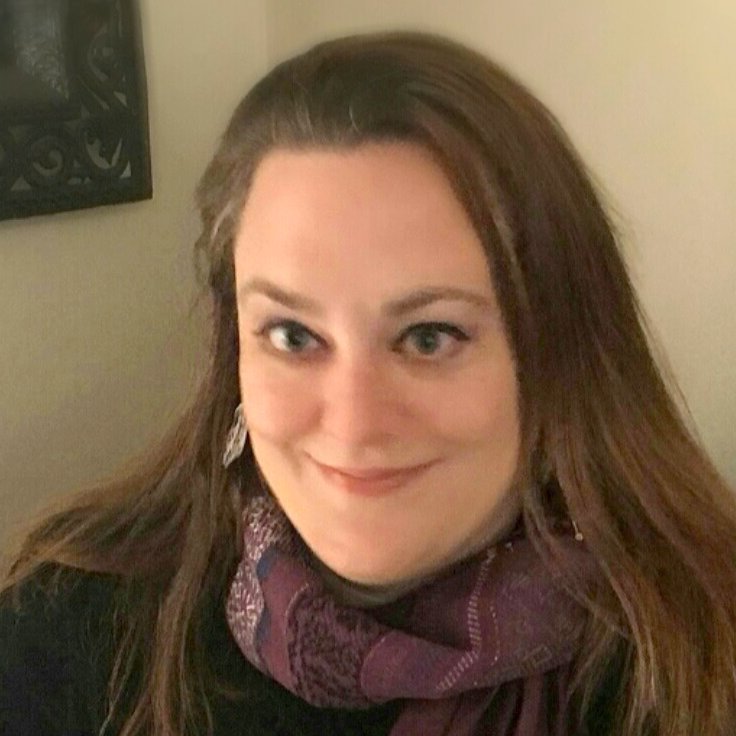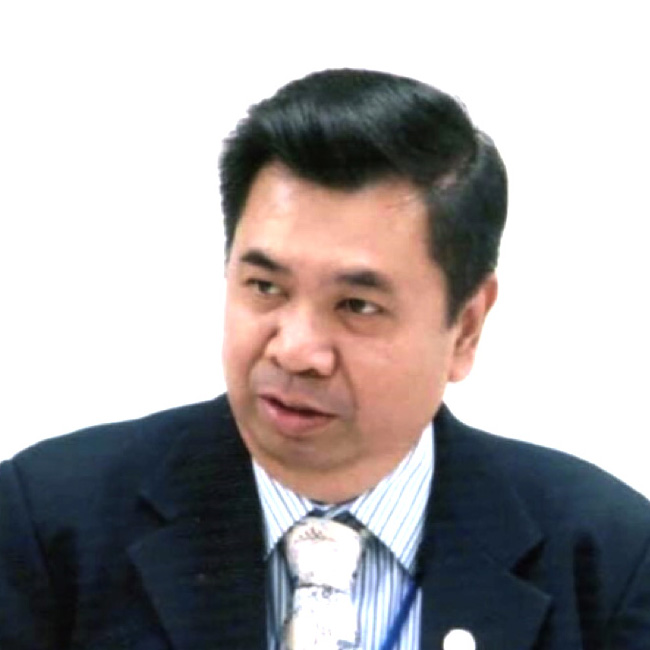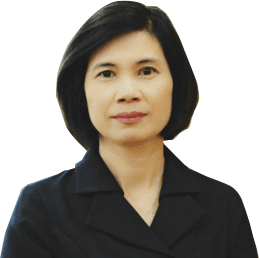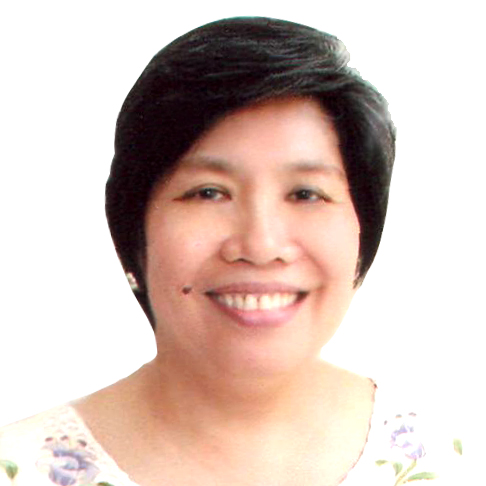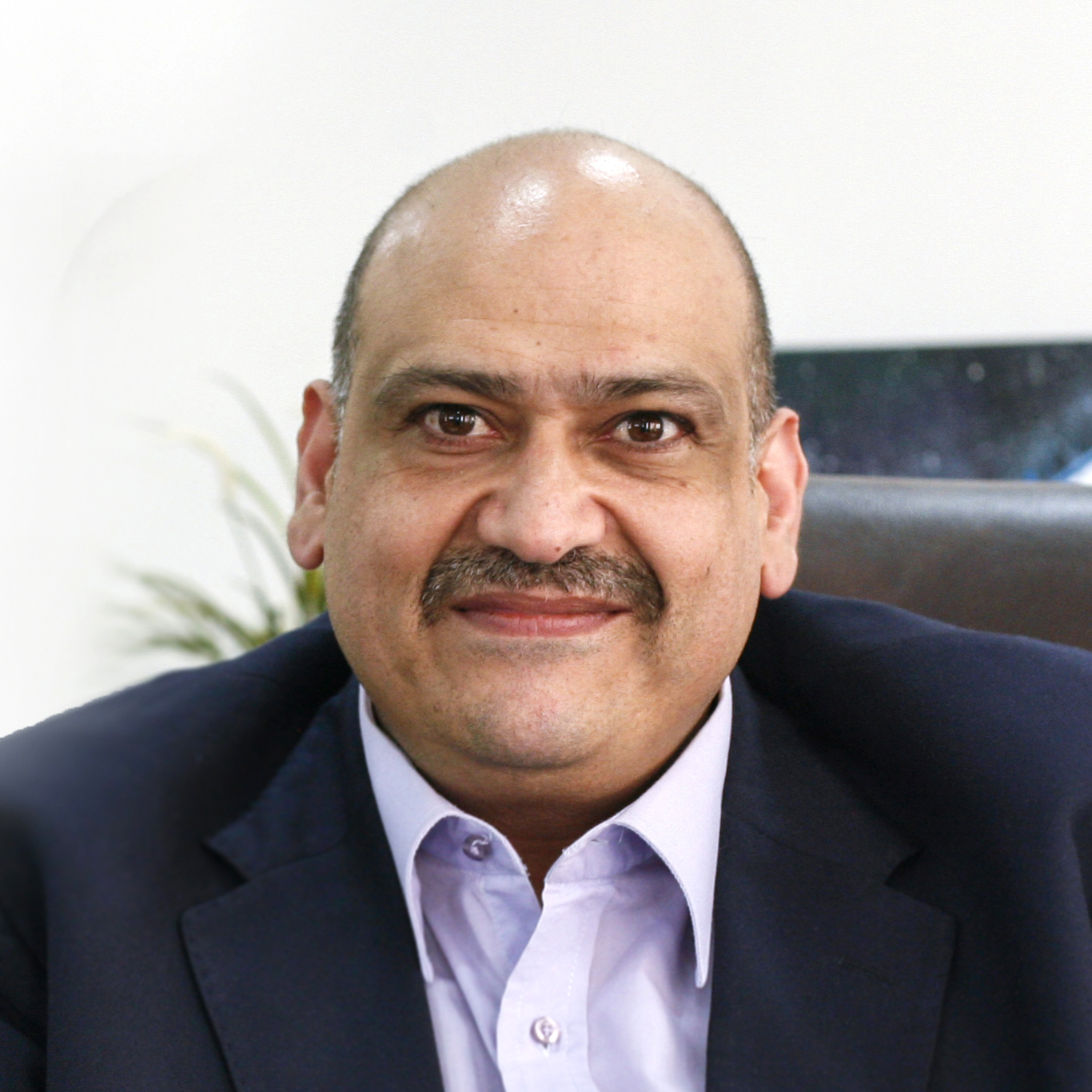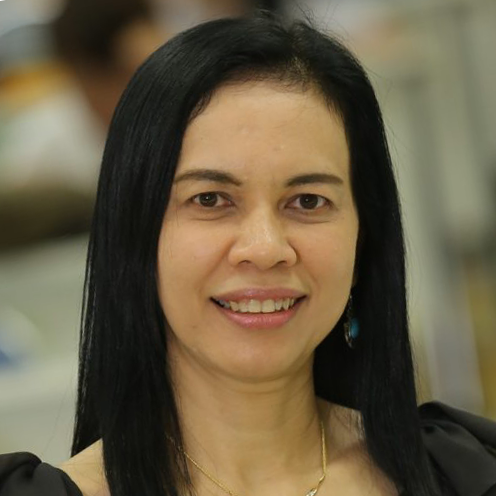SE009
AAAH Plenary Session (Day 3)
20
Nov
ORGANIZER
- WHO SEARO
- WHO WPRO
- WHO EMRO
- USAID/HRH2030
- ADB
- JICA
- PMAC
- IHPP
The COVID-19 pandemic disrupted all aspects of normal living, including education, in all countries. Because of the concern on safety of students and teachers, the countries formulated the school closure policies. All classes and school activities are suspended suddenly. To continue teaching and learning activities, the traditional modes of teaching that is a face-to-face approach are suddenly changed to non-traditional modes of teaching that are online classes. It causes stress on teachers and students in the transition period. There are many challenges that teachers and students have faced, including limited computer devices and internet connection of some students, especially students who live in remote areas; limited knowledge and experiences of teachers to teach online; and limited on online evaluation. For health professional education, it focused not only theoretical courses, but also practicum courses. The practicum in hospitals, health facilities, and communities are suspended and postponed. It is a big challenge for educational institutes because the practicum cannot be replaced with online classes.
The third and last theme of AAAH webinar series focused on sharing experiences on health professional training and education in the context of COVID-19 pandemic, organized on 9 October 2020, comprising 1 episode:
- Episode 1: Country experiences from the WHO three Regions (EMR, SEAR and WPR), including UAE, Sri Lanka, and Malaysia, on innovations and investment, challenges and effective solutions on pre-service HCW training such as online training and clinical practicum (a. medical and b. nursing and midwifery) in the context of school closures; in-service and post-graduate training related to public health competencies. This lesson guides future direction of skill mix essential for effective response to public health emergencies.
Based on speakers’ sharing experiences in the third webinar, it found that many strategies have been used for continuing health professional training and education in the context of COVID-19 pandemic as follows:
- Formulating and adapting educational policies based on the disease situation and control;
- Providing training on how to utilize and prepare classes and materials for teachers and how to study and learn through online means for students;
- Shifting traditional mode of teaching into innovative teaching approaches and online platform both synchronous and asynchronous ways to ensure safety of all students and teachers;
- Developing educational innovations in the utilizing present technology and online tools;
- Developing a clinical laboratory using a high fidelity simulation and virtual patient simulation for increasing clinical practicum of students and avoiding disease transmission from practice in real settings;
- Developing new evaluation modalities, assessment of learning and learning outcomes that are suitable with new methods of teaching;
- Revisiting the learning outcomes of the future health professional, including knowledge of population health, public health principles and how the health system works; teamwork; leadership skills, and community engagement
- Developing new metrics in assessing these newfound learning outcomes and competencies
- After the pandemic, resuming regular classes with blended learning to prepare teachers and students for the future public health emergencies
- To synthesize summary of national and global experiences in health professional training and education in the context of COVID-19 pandemic;
- To Identify policy recommendations on health professional training and education during and after COVID-19 pandemic and preparedness for other public health emergencies in the future
PANELISTS


